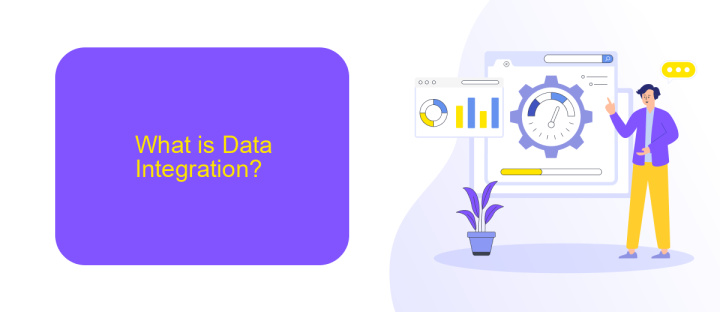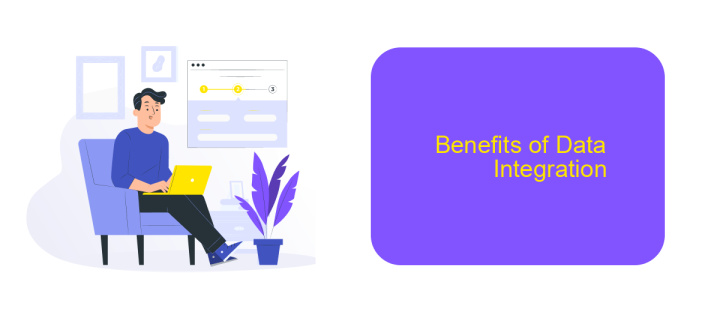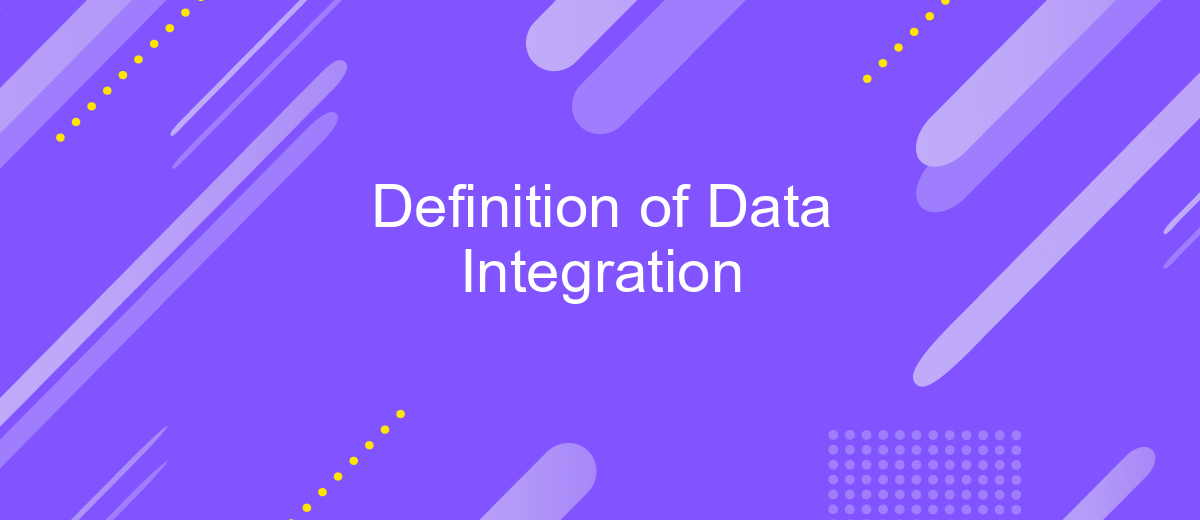Definition of Data Integration
Data integration is a crucial process in the realm of information technology and business intelligence. It involves combining data from various sources into a unified view, enabling more comprehensive analysis and decision-making. By streamlining disparate data sets, organizations can enhance data accuracy, improve operational efficiency, and gain valuable insights, driving better strategic outcomes. This article explores the definition, importance, and methodologies of data integration.
Introduction
Data integration is a crucial process in modern data management, enabling the seamless combination of data from different sources into a unified view. This process is essential for organizations seeking to leverage their data for better decision-making, improved operational efficiency, and enhanced customer experiences. Effective data integration ensures that diverse data sets are harmonized, making them more accessible and actionable.
- Combines data from multiple sources
- Enables better decision-making
- Improves operational efficiency
- Enhances customer experiences
One of the tools that facilitate data integration is ApiX-Drive, a service that automates the process of connecting various applications and data sources. By using ApiX-Drive, organizations can streamline their data workflows, reduce manual efforts, and ensure real-time data synchronization. This not only saves time but also minimizes the risk of errors, making data integration more efficient and reliable.
What is Data Integration?

Data integration is the process of combining data from different sources to provide a unified view. This process involves the collection, preparation, and transformation of data to ensure that it is accurate, consistent, and usable for various business needs. By integrating data, organizations can improve decision-making, enhance operational efficiency, and gain a comprehensive understanding of their operations and customers.
One of the key challenges in data integration is managing the diverse formats and systems from which data originates. Tools and services like ApiX-Drive can simplify this process by automating the integration of data from multiple sources. ApiX-Drive allows users to connect various applications and services without the need for complex coding, making it easier to synchronize data and streamline workflows. This ensures that businesses can focus on leveraging their data for strategic insights rather than getting bogged down by technical complexities.
Types of Data Integration

Data integration is a crucial aspect of modern data management, enabling organizations to consolidate information from various sources into a unified view. Different types of data integration methods are employed to achieve this goal, each with distinct characteristics and use cases.
- Manual Data Integration: This method involves manually collecting and combining data from different sources. While it is simple, it can be time-consuming and prone to errors.
- Mediated Data Integration: This approach uses a mediator software that acts as an intermediary between data sources and target systems, ensuring data consistency and quality.
- Application-Based Integration: In this type, specific applications are designed to interface with various data sources and integrate them. ApiX-Drive is an example of a service that facilitates such integrations, allowing seamless data flow between different applications.
- Uniform Data Access: This method provides a unified interface for accessing data from different sources without actually moving the data.
- Common Data Storage: Data from various sources is extracted, transformed, and loaded into a central repository, such as a data warehouse, for unified access and analysis.
Each type of data integration has its own advantages and limitations, making it essential to choose the right method based on the specific needs and goals of the organization. By leveraging tools like ApiX-Drive, businesses can streamline their data integration processes, ensuring efficient and reliable data management.
Benefits of Data Integration

Data integration offers numerous advantages that streamline business operations and enhance decision-making processes. By consolidating data from various sources, organizations can gain a comprehensive view of their operations, leading to more informed and strategic decisions.
One of the primary benefits is the improvement in data quality and consistency. When data from different systems is integrated, discrepancies and redundancies are minimized, ensuring that the information used for analysis is accurate and reliable.
- Enhanced data accessibility
- Improved collaboration across departments
- Increased operational efficiency
- Better customer insights
Services like ApiX-Drive make the process of data integration more manageable by providing user-friendly tools that automate the integration of various applications and platforms. This not only saves time but also reduces the complexity involved in manual data handling, allowing businesses to focus on growth and innovation.
- Automate the work of an online store or landing
- Empower through integration
- Don't spend money on programmers and integrators
- Save time by automating routine tasks
Challenges of Data Integration
Data integration poses significant challenges, primarily due to the heterogeneous nature of data sources. Different systems often use varied formats, structures, and protocols, making it difficult to achieve seamless integration. Additionally, data quality issues such as inconsistencies, duplicates, and inaccuracies can further complicate the integration process. Ensuring data consistency and accuracy across multiple sources requires robust validation and cleansing mechanisms, which can be resource-intensive and time-consuming.
Another major challenge is the scalability of data integration solutions. As organizations grow, the volume and complexity of data increase, necessitating scalable and flexible integration platforms. Tools like ApiX-Drive can help streamline this process by providing automated workflows and real-time data synchronization across disparate systems. However, integrating such tools into existing infrastructures can also pose difficulties, requiring thorough planning and expertise. Security and compliance issues, particularly with sensitive data, add another layer of complexity, necessitating stringent access controls and encryption protocols to safeguard data integrity.
FAQ
What is data integration?
Why is data integration important?
What are the common methods of data integration?
How can businesses automate data integration processes?
What are the challenges of data integration?
Apix-Drive is a simple and efficient system connector that will help you automate routine tasks and optimize business processes. You can save time and money, direct these resources to more important purposes. Test ApiX-Drive and make sure that this tool will relieve your employees and after 5 minutes of settings your business will start working faster.


